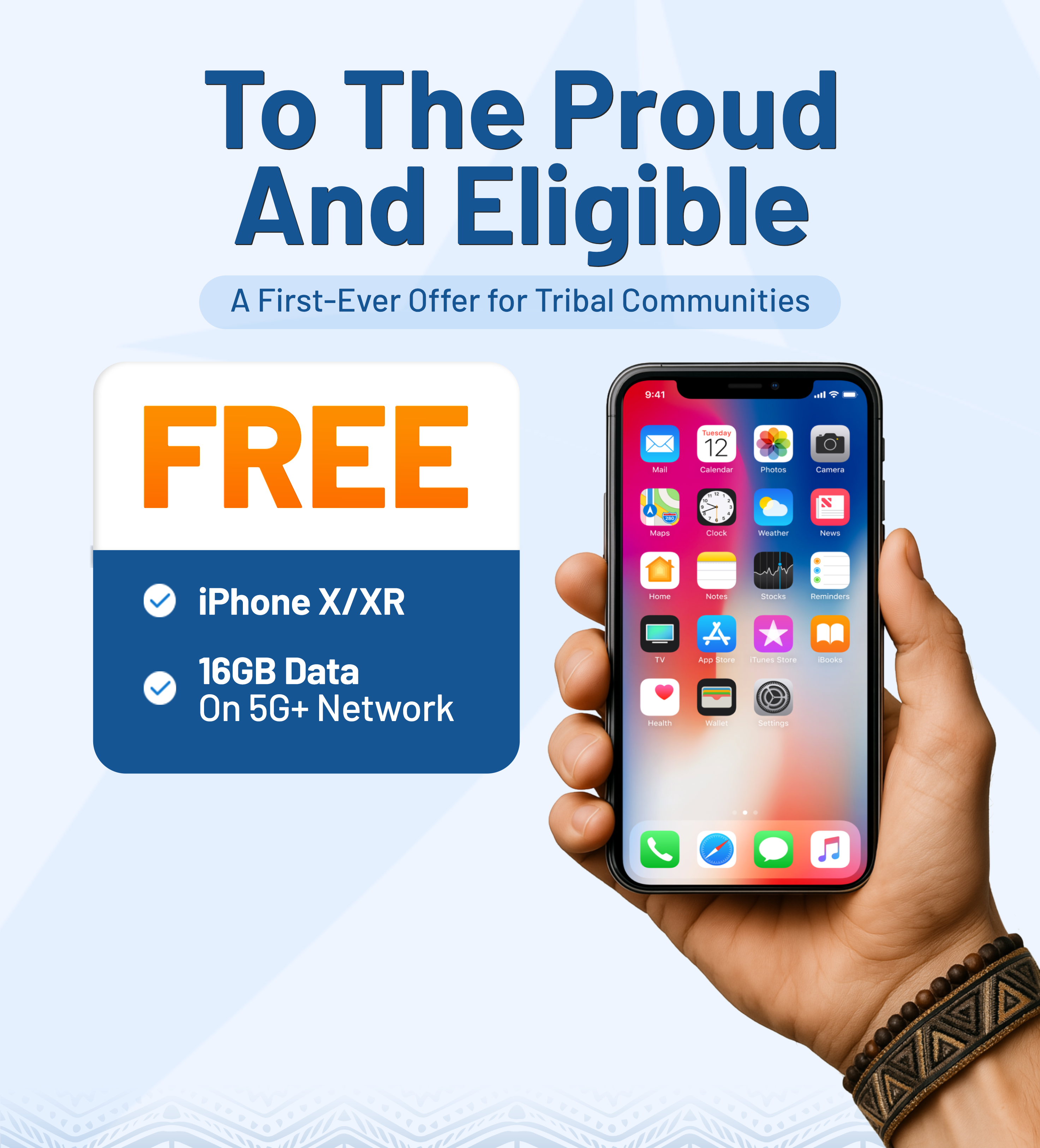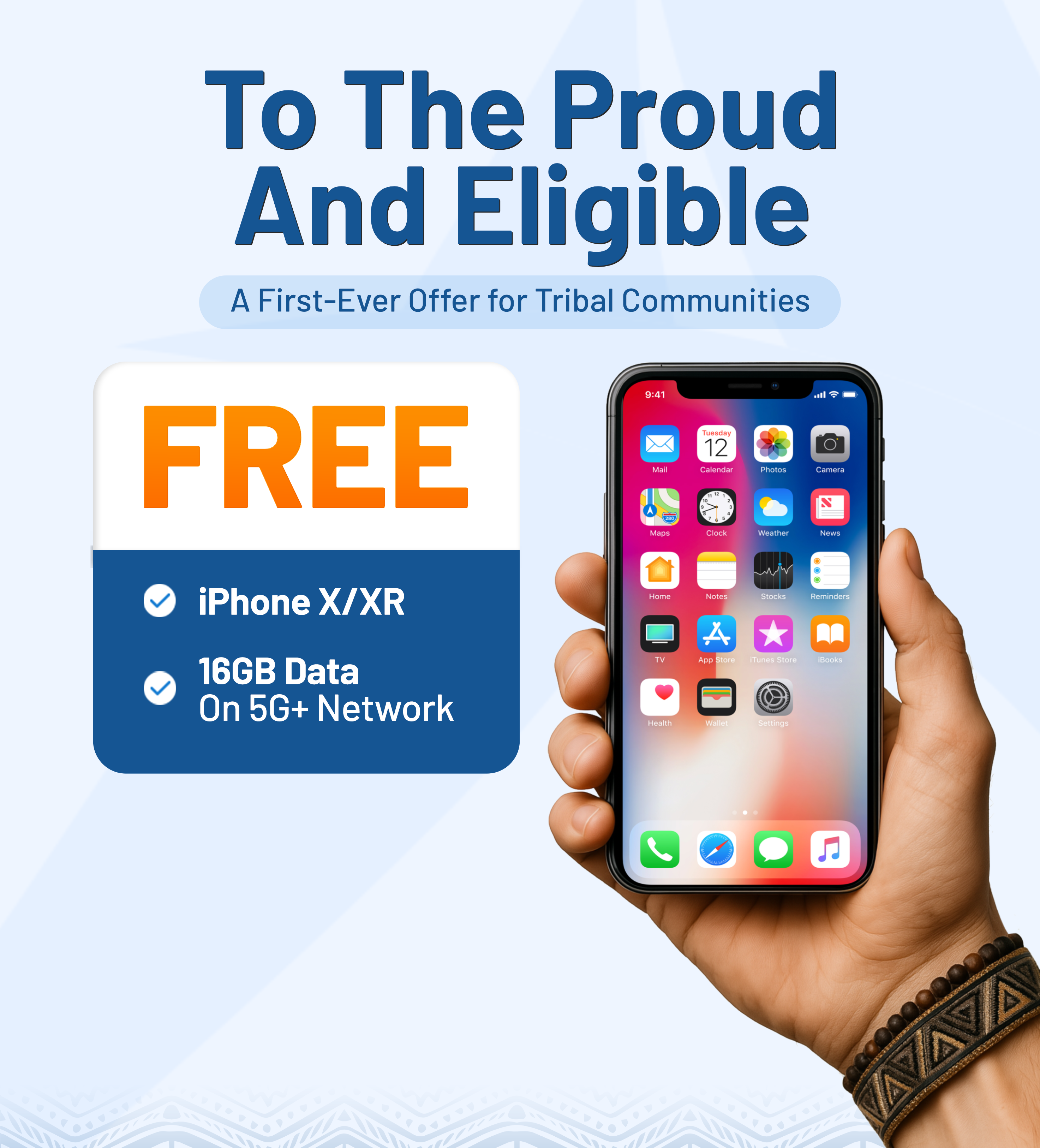Understanding the EBT qualifications is the first and most important step for any family seeking food assistance. The Supplemental Nutrition Assistance Program (SNAP) is a vital resource, but navigating its eligibility requirements can often be complex and overwhelming.
This guide will break down the EBT qualifications for 2025 in simple terms.
We’ll cover the main federal rules, explain the income limits in detail, and examine how requirements can vary by state so that you can apply with confidence.
1. The 3 Main Pillars of EBT Qualification (Federal Rules)
To receive an EBT card with SNAP benefits, your household must meet certain requirements set at the federal level by the U.S. Department of Agriculture (USDA). These rules create a baseline for all states.
Household and Resource Limits
First, your household must meet resource limits. Resources are tangible assets that you own, such as cash or money in a bank account.
For 2025, most households can have up to $2,750 in countable resources. If at least one person in the household is 60 years old or older or is disabled, the limit is higher, at $4,500.
Items such as your home, one vehicle, and personal belongings typically do not count toward this limit.
Note: Even though the federal government establishes many core eligibility requirements, EBT (SNAP) eligibility still varies by state, with differences in income limits, assets, and specific regulations.
>>> Read more: A Comprehensive Guide to Free Food for Seniors on Medicare
Income Limits (Gross and Net)
The most significant factor for EBT qualifications is your household’s income. There are two main tests:
- Gross Monthly Income: This is your household’s total income before any deductions are taken out. For most families, this amount must be at or below 130% of the federal poverty line.
- Net Monthly Income: This is your income after deductions for things like childcare and some housing costs. Your net income must be at or below 100% of the federal poverty line.
Work Requirements and Student Rules
Generally, able-bodied adults between 18 and 52, without dependents, must meet specific work requirements to receive SNAP for more than three months within a three-year period. This can include working at least 20 hours per week or participating in a state-approved training program.
There are also specific eligibility rules for college students, which you can find on the USDA’s student information page.
>>> Read more: SNAP And EBT For College Students: Facts You Must Know In 2025
2. EBT Qualification Income: What is the Highest Income to Qualify for SNAP?
The income limit is the most frequently asked question. Let’s look at how it’s determined.
How SNAP Calculates Your Household Income
SNAP considers both earned income (money from a job) and unearned income (like Social Security or unemployment benefits) for everyone in your household. Certain deductions are allowed to calculate your net income, which can help you qualify even if your gross income is slightly higher.
Understanding the Federal Poverty Level (FPL) Guidelines
So, what is the highest income to qualify for SNAP? The answer depends on the Federal Poverty Level (FPL) guidelines, which are based on your household size. For example, the 130% gross income limit for a household of three will be much higher than for a household of one.
Does the Income Limit Change Every Year?
Yes. The FPL guidelines are updated annually to account for inflation. This means the EBT qualification income limits change each year. It’s always best to check the current year’s limits when you apply.
3. How EBT Qualifications Vary by State (Examples)
While the core rules are federal, states have some flexibility in how they administer the SNAP program. This can lead to minor differences in eligibility.
Who is eligible for EBT in Florida?
For those asking who is eligible for EBT in Florida, applicants must meet the federal income and resource tests. Florida’s SNAP program is administered by the Florida Department of Children and Families.
The state uses the standard federal guidelines for income and does not have many significant variations from the national rules.
Who is Eligible for EBT in Kansas?
For those asking, “Who is eligible for EBT in Kansas?”, the state follows the federal guidelines but has specific work requirements.
The program is managed by the Kansas Department for Children and Families. Kansas has a strict 20-hour-per-week work requirement for able-bodied adults without dependents.
How to qualify for EBT in Washington state?
For residents wondering how to qualify for EBT in Washington state, the program (called Basic Food) is run by the Washington State Department of Social and Health Services.
Washington has slightly more generous vehicle asset policies than some other states, meaning more of your car’s value might be exempt from the resource limit.
How to Find the Exact Rules for Your State
The best way to get accurate information is to visit your state’s official SNAP agency website. The USDA provides a helpful state directory to help you find your local office and website.
4. EBT Holders: Simple Steps to Get A Free Phone

If you meet the EBT qualifications and are approved for SNAP, you automatically qualify for another valuable federal program: Lifeline.
The Lifeline program provides free or low-cost phone service to low-income households. With a leading provider like AirTalk Wireless, you can use your SNAP eligibility to get a fantastic monthly package, including:
- A FREE 4G/5G Smartphone
- FREE Unlimited Talk & Text
- FREE High-Speed Data
You can apply in minutes using proof of your participation in SNAP.
5. Final Words
Navigating EBT qualifications comes down to understanding the three pillars of federal requirements: your household resources, your income, and your work status.
While these rules provide a national standard, always be sure to check the specific guidelines for your state, as small differences can exist. By utilizing your state’s official resources and taking advantage of all the benefits you’re eligible for, such as the free phone service offered by providers like AirTalk Wireless, you can maximize the support available to help your family thrive.


